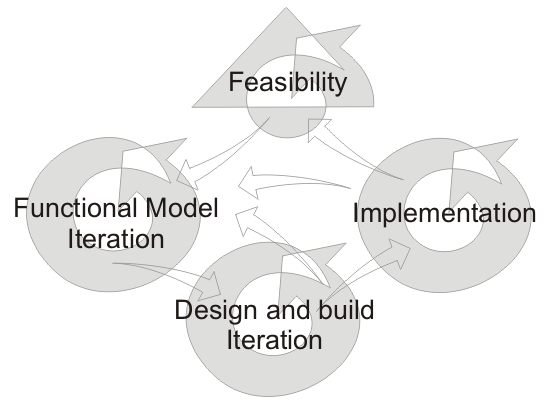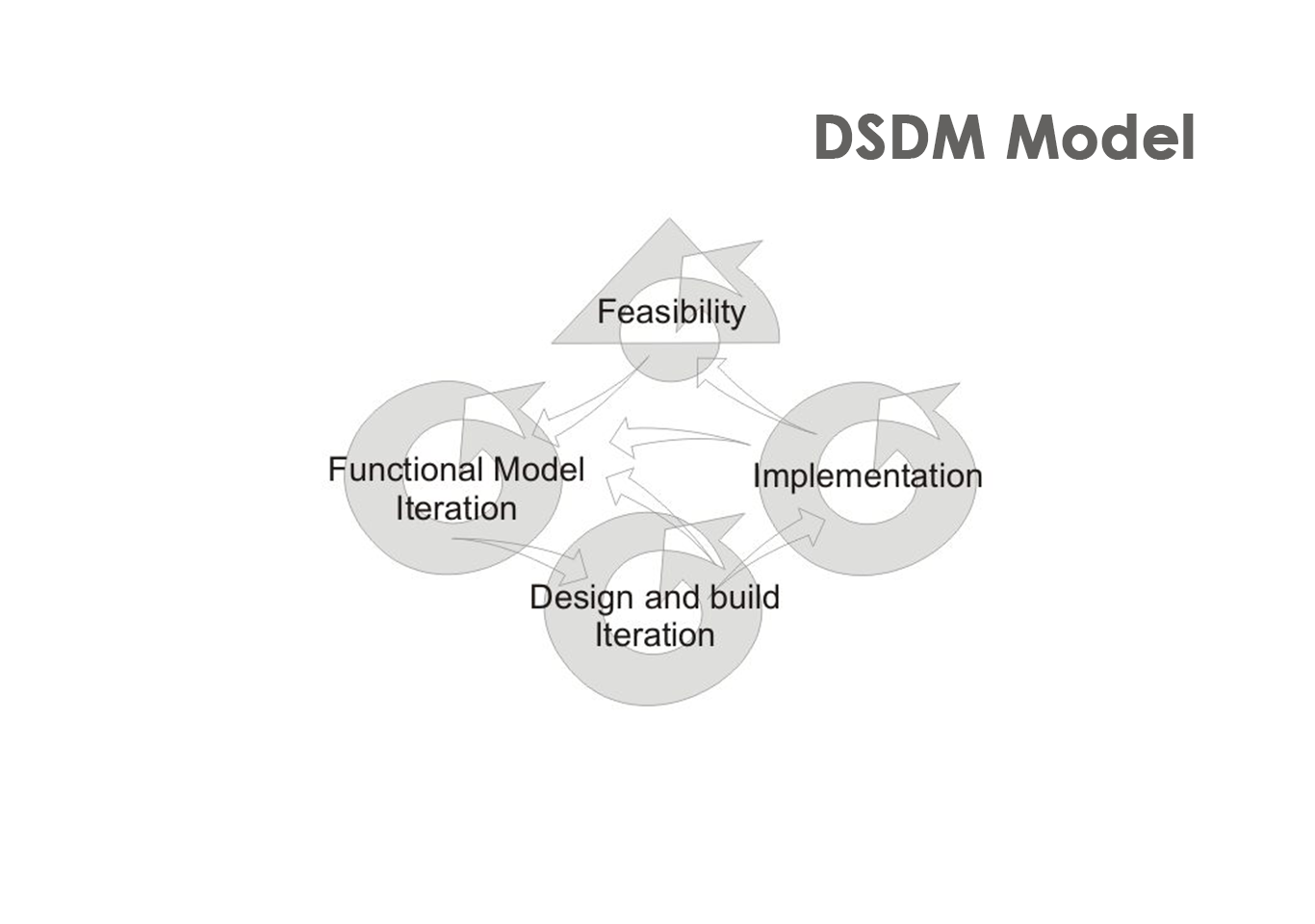Introduction
DSDM model which stands for Dynamic System Development Model. It is an agile model that focuses on the full system development.
DSDM model, first came out in 1994 and used for software development at that time. It was an improvement for the Rapid application development model. DSDM is an iterative approach to software development. It states that any project must be aligned to clearly defined strategic goals and focus upon early deliver of real benefits to the business. DSDM focuses on huge development in less time. DSDM is different model from others.
The team members working in this model has the right to decision making. There is no need to wait for the leader in decision making. It is useful for those system where software delivery requirements happen in a short span. Its goal is to deliver quality software in less time and on budget. It prioritizes scope based on must have, should have, could have, or won’t have. The diagram below represents DSDM model.

The eight principles of DSDM model.
- Focus on the business need
- Deliver on time
- Collaborate
- Never compromise quality
- Build incrementally from firm foundations
- Develop Iteratively
- Communicate continuously and clearly
- Demonstrate control
Development phases of DSDM
- Pre-project
- Feasibility Study
- Business Study
- Functional Model Iteration
- Design and build the Iteration
- Implementation
- Post-project
Benefits and Drawbacks
Benefits
- Users are highly involved in the development of the system.
- Basic functionality is delivered quickly.
- In this development, project is delivered on time and on budget.
- Developers have early access to end users.
- Progress can be easily understood across the organization.
Drawbacks
- It is a new model and not easy to understand.
- It requires significant user involvement.
- It is costly to implement and not idle for small organization.
- It requires users and developers both to be trained to employ it effectively.
- Can represent disruptive change in company culture


